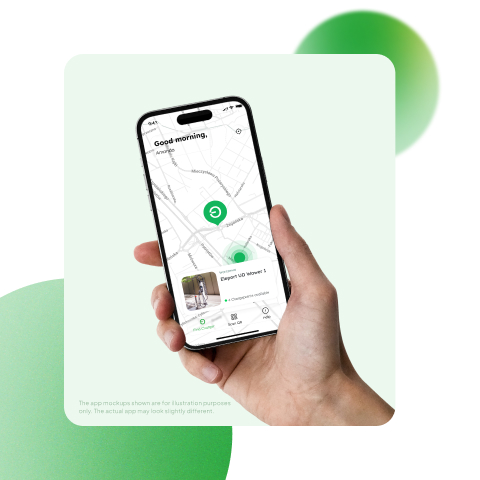As EV drivers, we might not notice this right away.
The fact that the two charging apps on your phone, or the two Charge Point Operators (CPOs) on either side of the road, might have completely different business models behind them.
And different business models mean different incentives. Some exist to sell more EVs, some want to expand their energy delivery portfolio. And some are focused on nothing but the mission of expanding EV adoption by being a dedicated charging network from the start. Eleport, EV CPO would be one of the latter.
Depending on the charging network we look at, the ownership structure can often tell you the approach and incentives it operates upon, and perhaps even end up showing which ones we can rely on.
Today, I’m taking you on a journey through four main types of charging operators and how their approach to network buildout differs.
1. The Automakers Turned Charging Networks
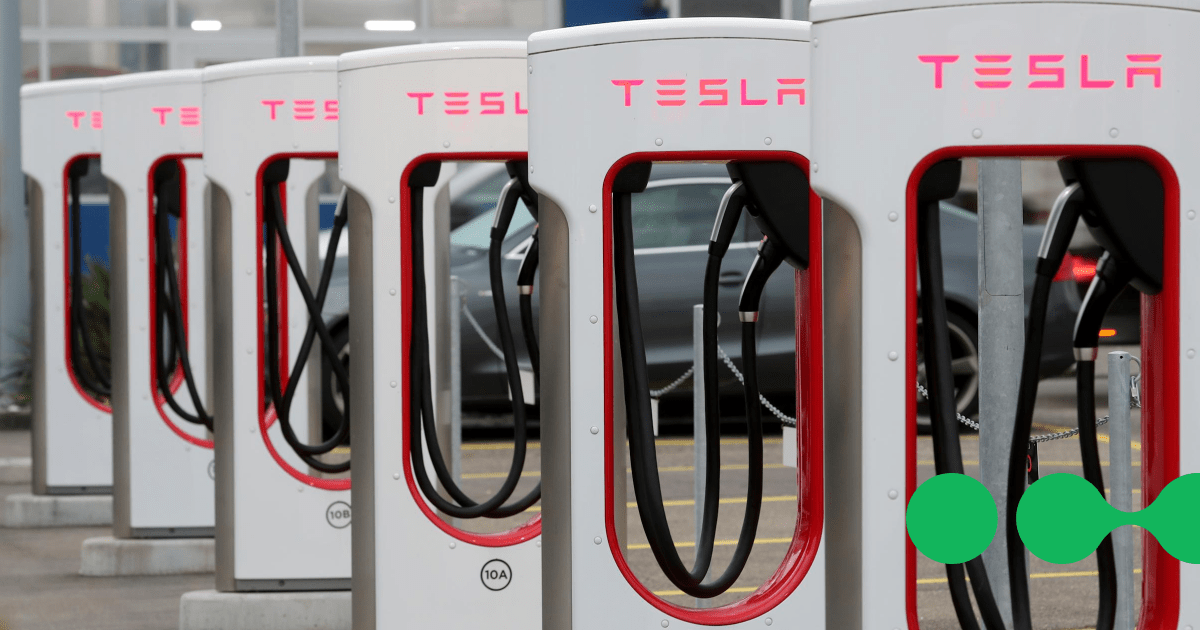
First, the automakers with a charging business arm. The obvious example is Tesla with over 74,000 Supercharging stalls installed globally over the past 13 years, but nearly every other serious EV maker, both legacy and startup, has either built their own charging networks or partnered up to deploy at a larger scale as well.
The incentive here is clear – bridge the charging gap for your own products, while also having a small piece of the pie. Or in Tesla’s case, one of the largest pieces there is. Automakers are also in a great position to pull the demand lever for their charging networks, as they have direct access to the customer, the EV owners.
It is also the automakers that are most incentivized to keep the EV charging costs as low as possible, because it directly helps them sell more EVs.
2. The Utilities Turned Charging Networks
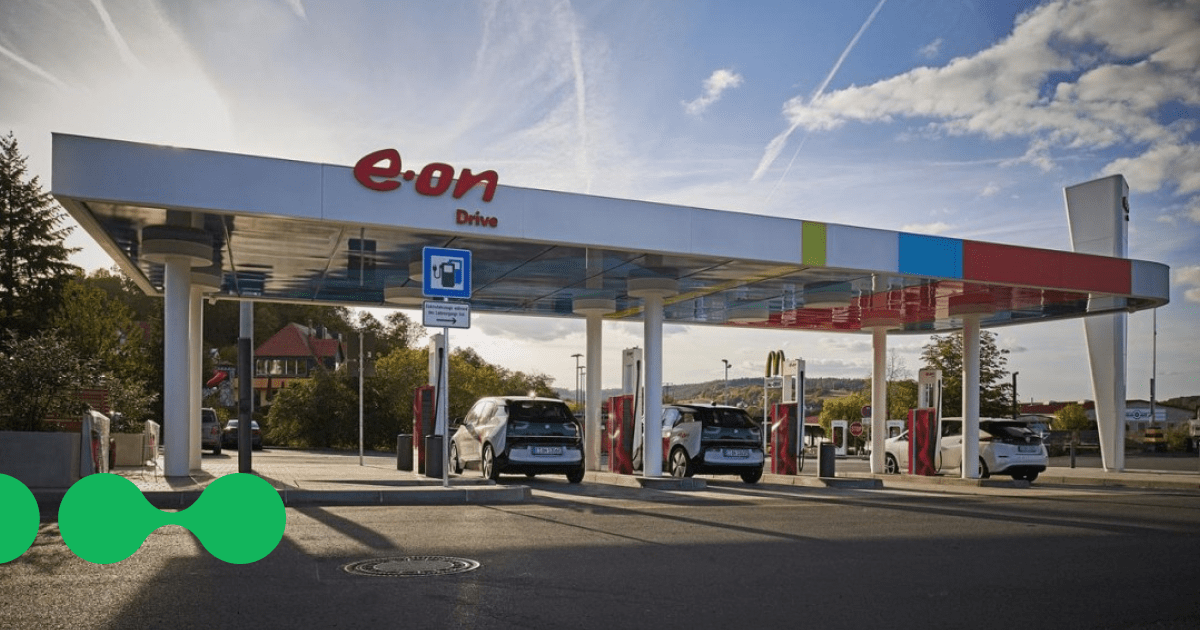
Second, the energy giants, utilities, governments – the charging network as a business arm is a no-brainer for the utilities, and we see this globally, including in Central and Eastern European markets.
The incentives here aren’t hard to figure out either; it is about building infrastructure so that the end users have yet another way of consuming the electricity you provide. In addition to that, utilities benefit from a lot of synergies thanks to basically already being in the game, especially when it comes to grid connections.
3. The Retailers Turned Charging Networks
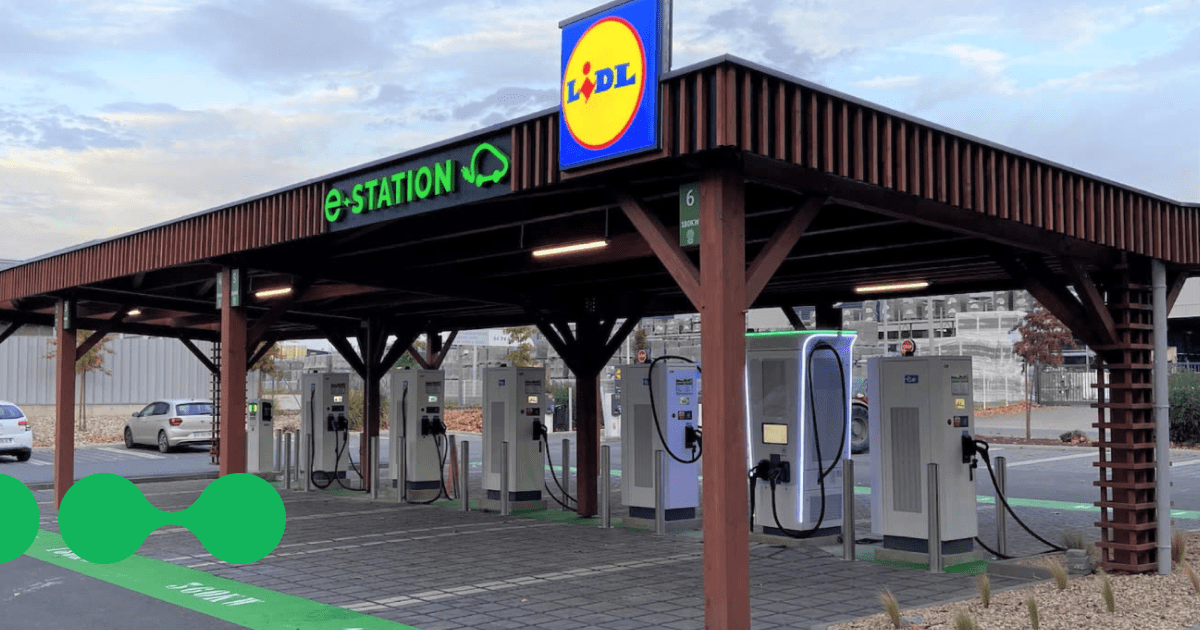
Third, retailers and franchises – think Lidl, McDonald’s, and other businesses that command large crowds and want to offer charging to their customers, adding to the experience and perhaps owning another part of the customer journey. Few know this, but Lidl has quietly become the seventh-largest fast charging network in the whole of Europe as of 2024, and is currently even in the second place in Poland in terms of DC fast-charging points deployed.
Now, with a few exceptions like Lidl here, most of these businesses actually don’t want to operate a charging network themselves, and rather outsource some or all of it to EV CPOs, mostly to the independent ones, but also to any of the selections in our section here.
4. The Independent Charging Companies
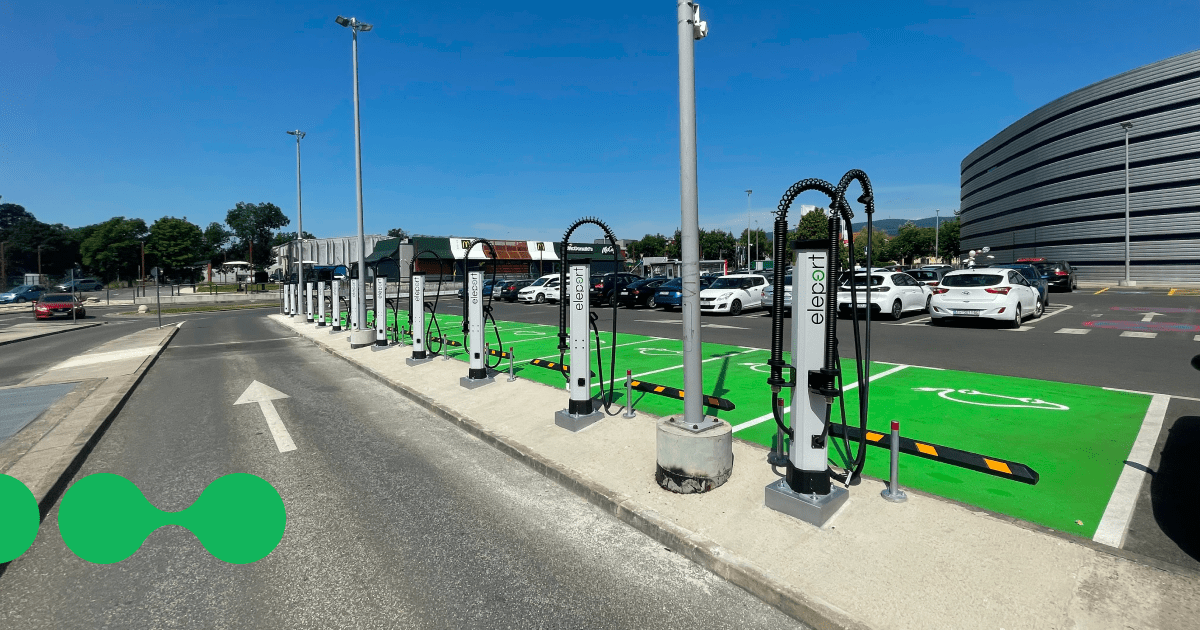
Fourth, the independent EV CPOs. You could say they have it the hardest – building the whole network from scratch, with their own means and fewer synergies to play with. But at the same time, as usual with the ‘big vs small’ companies, the startups come with less of the legacy baggage of large systems and can thus be much more nimble.
Why are the independent charging networks more likely to be efficient? Since for these independent charging networks the business model just has to work and has no real fallback that you’d have in a larger corporation, they are also the ones that, by default, would make the most economical business decisions. This is also reflected in the EV charging costs. They’ll need to be competitive to get enough EV drivers to charge there today.
The independent EV CPOs have no fat to burn, so to speak. As I see it, if wise enough, they would not, for example, jump at each opportunity of a large retail chain partnering up with them, if it would mean they’d need to deploy also for the less-utilized locations. Instead, they’ll focus on the best ROI opportunities.
How large are the independent CPOs? The independent charge point operators can range from currently very small operations – which can even be profitable early on if building out very carefully – to the ones that started out small ten or more years ago and have now scaled up to impressive size. One of the latter is Eleport, which is now present in 7 countries across Central and Eastern Europe, closing in on 1,000 chargers deployed.
Then, There Are the Hybrid Operators
Of course, there are exceptions for the four above, and mainly due to being a mix, a hybrid between these EV CPO types.
A good example is automaker-backed large EV charge point operators like IONITY, which is a joint venture between BMW Group, Ford, Hyundai Motor Group, Kia, Mercedes-Benz Benz and Volkswagen Group with Audi and Porsche. IONNA on the North American side has a similarly automaker ownership structure.
These combine the forces and incentives of automakers towards building out the charging infrastructure, and operate on their backing as stakeholders, but the EV CPO itself still acts as a standalone charging network.
This can also bring out the case of a large non-independent CPO actually being more agile than it normally would. For example, in Tesla’s case, even though it is one of the largest EV fast charging companies in the world, while also being just a side arm in the giant auto business, it moves with incredibly nimble logic as a young startup would do.
Tesla deployed 4,000 new charging stalls in Q3, and seeing their utilization waves and waiting times shows us that they are deploying most right before the peak events to be ready for wintertime and holidays.
This means that the assets they deploy won’t sit underutilized for a while and then gain traction, but rather they’ll deploy them right when needed most. It is hard to do that on that scale, yet it also ensures the maximum impact for the whole year cycle of deployments. Tesla also keeps its EV charging costs below those of many in the industry..
Other hybrid approaches can also include the EV CPO spin-offs of previously government-owned or seeded charging networks, or even the case of Electrify America, which is a direct result of the Dieselgate lawsuit. Regardless of the start, it is now one of the largest charge point operators in the US.
Regardless of the type, all these EV fast charging companies are taking a different path towards the same end result – a large and profitable charging network. Depending on the business model and its execution, something unexpected might also be in the cards:
Why We Might See Some Charging Stations Close Down
One thing to look out for in the years to come, in my opinion, is the closing of actual charging stations. This sounds a bit like a weird taboo topic, and it is not happening yet, but I’m positive it will be news in the near future.
Why would a charging site need to close down? This will take place when the unprofitable decisions that are made today in terms of charging stations deployed in places where they might never reach the point of break-even in terms of total deployment and operation costs, come and start biting into the charging operator’s financials.
If the utilization doesn’t get up to the expected levels, the site is (or keeps being) a loss-making one. And the correct business decision will be to remove that site from the map and take in that loss.
In simpler terms, if the location’s lease, deployment, and operation costs have been too high in comparison to the actual revenue that drivers bring in by the targeted time, it could be argued it was a bad business idea to deploy a charging station there in the first place.
Of course, we need to close the gaps in charging networks, so some of these might be subsidized by external government bodies, or adopted by automakers that need to ensure coverage, but this can’t be done by independent businesses.
Now, you might see why some types of these charge point operators are more prone, or have more room, to make “mistakes” in deploying the sites that might need correction later. This means some charging sites might be closed for good.
If the site still has room to become profitable but the charge point operator can’t handle the cost to wait it out, however, there might also be some consolidation where the CPO that deployed the site cuts its losses and sells the site to a new owner, which will keep operating the site.
Hopefully, for the sake of EV drivers, these sites remain operational and also do not increase the EV charging costs to recoup the losses.
An interesting case to study comes to us from the US side, with Shell Recharge recently shutting down Volta Charging. Shell acquired the charging point operator in 2023 for $169 million in cash. Volta had 3,000 chargers up in the US, and their flagship product is the chargers with these large ad displays on them, located in high-traffic commercial locations, like Kroger and Walgreens.
After 2.5 years of operation, Shell shut down Volta Charging. In this case, a unique independent CPO was acquired by an energy giant and then shut down a few years later.
What came of the 3,000 chargers? Most of them were closed down, with no direct replacement incoming. The charger was there for the driver… until it wasn’t.
What’s In the Cards for Charge Point Operators?
Building a strong Charge Point Operator is no easy task.
In addition to dealing with mostly building for the future in addition to the present EV drivers, they have to deal with the rapid pace of technology advancements in our industry.
The 50 kW charger that was totally fine to use mere five years ago is often an antique that has no place in a fast charging hub.
Today’s EV capabilities keep pushing, all the way to 1000 kW (1 MW) and more, and charging operators need to keep up. Or at the very least, adjust their business model and carve out a very specific space in the charging market that, for now, keeps getting more and more crowded with players that want a share of the pie.
Has the EV technology settled on the standards by now? Not quite. The EV technology has not settled into a very specific standard, at least not yet, that could give a guarantee for the requirements of EV charging to remain the same over the years to come. The changes can come from the automakers innovating or also from the battery makers. Even the range of the EVs changing might completely change what is needed from the charge point operators.
In addition to the technology shifts, both in EVs and EV chargers, the industry at large is evolving as well. As we can see from the latest funding rounds of large European (and US) charging operators, which have gone into hundreds of millions of euros, the banking institutions are increasingly looking at the charging infrastructure as reliable assets rather than risk, and thus we are going to be seeing more debt financing for expansion or refinancing than equity investments.
This also opens the door for more consolidation in the charging industry. We are likely to see more acquisitions of charge point operators ahead of us, and strong new partnerships as well.




